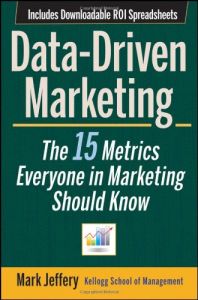
Recommendation
Many marketing insiders are not fans of quantitative business analysis. They prefer the creative side of the business. But in today’s cost-cutting, profit-focused environment, marketers should understand the data metrics that define their results. This important book explains these utilitarian, beneficial metrics. Technology and innovation expert Mark Jeffery, writing in a disarming, first-person style, presents the case for using data. He cites companies that have applied data to drive sales and to deploy their marketing budgets more effectively. getAbstract suggests that this book could elevate the perceptions, performance and results of many non-data-oriented marketing departments, and could advance an individual marketer’s career.
Summary
About the Author
Mark Jeffery is the Director of Technology Initiatives and a senior lecturer at the Center for Research in Technology and Innovation at the Kellogg School of Management. He has published multiple Harvard Business School Publishing case studies.












Comment on this summary